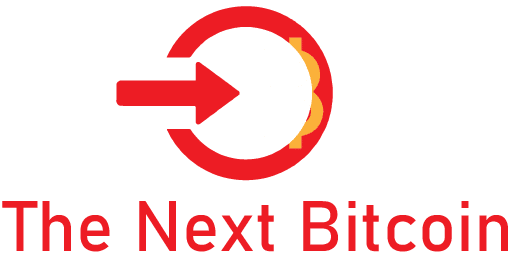Blockchain technology often grapples with scalability issues as it grows in popularity and usage. To address this, blockchain rollups have emerged as a cutting-edge solution, aiming to streamline the process and enhance transaction efficiency without compromising security. This guide looks into the mechanics of blockchain rollups, their types, and their potential applications across various sectors.
Understanding Blockchain Rollups
Blockchain rollups are innovative scalability solutions that process and bundle multiple transactions off the main blockchain (off-chain) before finalizing them on the main blockchain. This method is akin to using self-checkout lanes in a busy store to expedite processing and reduce congestion. By handling transactions off-chain, rollups decrease the load on the main network, thereby lowering transaction costs and speeding up processing times. The final step involves sending a single transaction summary—similar to a receipt back to the main blockchain, ensuring the security and integrity of the transactions.
Types of Blockchain Rollups
The two primary types of blockchain rollups are Zero-Knowledge Rollups (ZK-rollups) and Optimistic Rollups, each with unique mechanisms and advantages:
Zero-Knowledge Rollups (ZK-rollups)
ZK-rollups utilize zero-knowledge proofs to aggregate transaction data into a single proof, which is then verified on the main blockchain. This method significantly reduces the data processed on-chain while maintaining transaction privacy and security. Zero-knowledge proofs allow validators to verify transactions without needing access to the transaction details, thereby enhancing privacy.
Optimistic Rollups
Optimistic rollups assume that all transactions are valid unless proven fraudulent. They process transactions off-chain and only submit the results to the main chain. The main chain uses a fraud-proof mechanism to verify the legitimacy of the transactions. If no fraud is detected, the transactions are confirmed; if fraud is found, the fraudulent transactions are rolled back.
How Blockchain Rollups Work
The process of blockchain rollups involves several key steps to ensure efficient transaction processing:
- Off-Chain Processing: Transactions are initially processed off the main blockchain by a rollup smart contract, allowing for quicker and more efficient processing.
- Transaction Bundling: The rollup smart contract groups multiple transactions into a single batch, reducing the data footprint when submitting to the main blockchain.
- Validation and Compression: For ZK-rollups, zero-knowledge proofs are used to condense the transaction data into a compact proof, which is then submitted to the main blockchain.
- Submission and Verification: The transaction batch or compressed proof is uploaded to the main blockchain, where it is verified. Optimistic rollups use a fraud-proof mechanism during this phase to ensure the integrity of transactions.
- Finalization: Once verified, the transactions are finalized on the main blockchain, completing the process.
Applications and Benefits of Rollups
Blockchain rollups are not just theoretical constructs; they have practical applications across various sectors, including decentralized finance (DeFi), non-fungible tokens (NFTs), gaming, and supply chain management. By enhancing scalability, rollups can support larger transaction volumes, reduce costs, and improve transaction speeds—crucial factors in sectors like DeFi, where speed and efficiency are paramount.
Future Prospects
The future of blockchain rollups looks promising as they continue to evolve and integrate with major blockchain ecosystems like Ethereum. Innovations in rollup technology, particularly around security, privacy, and interoperability, are expected to drive further adoption and development. As the blockchain landscape grows, rollups will play a critical role in scaling networks efficiently and sustainably.
In summary, blockchain rollups represent a pivotal development in the blockchain sector, offering a scalable, efficient, and secure method for processing transactions. As this technology matures, it is poised to significantly enhance the functionality and accessibility of blockchain applications, paving the way for broader adoption and innovation in the digital landscape.

